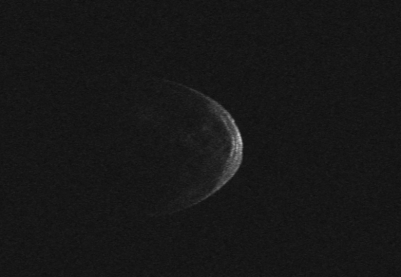A telescope at the Weizmann Institute recorded the trajectory of an asteroid that passed close to Earth

On September 1, a rather large asteroid called Florence. At a distance of 7 million kilometers, the asteroid was indeed not close enough to be picked up by the naked eye (or to cause damage), but the telescope inKaraar observatory, stationed on the roof of the Koffler accelerator at the Weizmann Institute, followed him in the matter.
Astronomer Ilan Manolis, director of the robotic observatory, made remote observations for two consecutive nights - one when the asteroid was approaching the Earth, and the other when it was moving away from it - and produced the above video. Manolis says that these materials will be used by the teachers participating inRothschild-Weizmann plan for a master's degree for their research papers.
Florence, named after the compassionate nurse Florence Nightingale - who is considered the founder of the modern nursing profession - is about 4.5 kilometers in size and was first discovered in 1981 in Australia. At the time of the current pass, the asteroid's distance from Earth was its closest since 1890, and the next time it will pass this close to us will not be until after 2500.
The video records 18 minutes of Florence's orbit, but the asteroid's motion was sped up when it was made, so that it appears to cross the telescope's field of view in seconds.
Watch the documentation from the Kraar Observatory at the Weizmann Institute:
